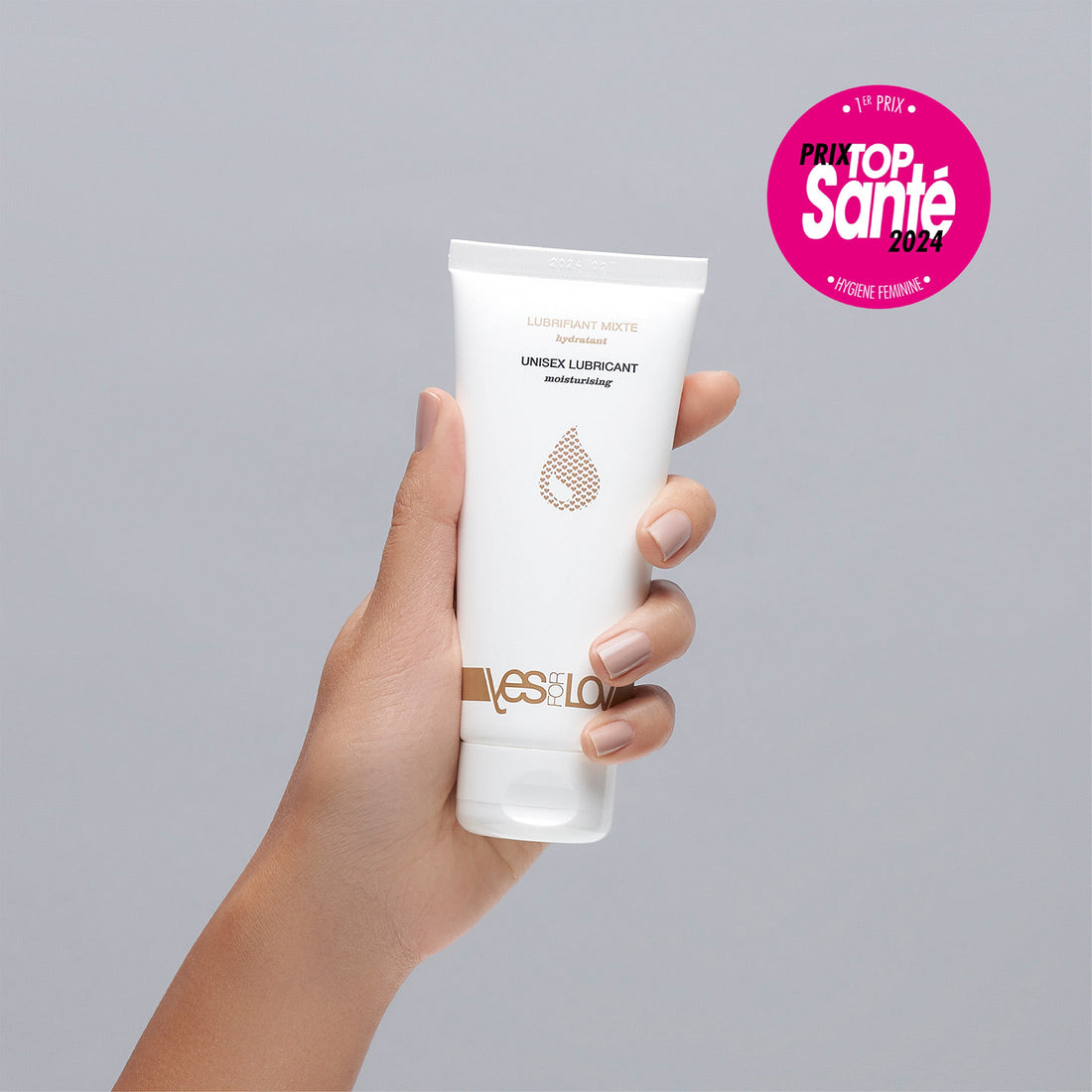To guarantee you a certain comfort and safe efficiency without putting aside the sensations of pleasure , it is important to take into account a few elements when choosing your condom. First of all, to ensure the safety of the condom , check these three criteria:
- The condom must bear the CE marking which certifies its compliance with essential safety requirements.
- The condom must bear the NF marking which indicates that the manufacturer submits the product to laboratory control.
- The condom must be manufactured in accordance with an ISO standard .
Latex or latex-free, which material to choose?
What is latex? Invented in 1920, latex revolutionized the manufacture of condoms by making them much more elastic , since they can stretch up to eight times their size. Latex is extracted from the sap of the tropical rubber tree, Hevea brasiliensis.
If, upon contact with latex, you experience irritation, itching, coughing, shortness of breath, or eye irritation, then you are probably allergic to latex . In severe cases, this can cause asthma, a feeling of suffocation or loss of consciousness.
Rest assured, latex-free condom solutions exist:
-
The polyisoprene condom , a synthetic form of latex that does not contain the proteins responsible for allergic reactions, is manufactured chemically unlike latex.
- The polyurethane condom , more resistant than latex, transparent, odorless and extra-thin (0.045mm).
- The sensoprene condom , a synthetic material which is said to be almost imperceptible. It is less thin than the polyurethane one but more comfortable.
- The hypoallergenic condom in deproteinized latex , that is to say low in natural latex proteins.
The sensations of pleasure remain the same , since latex-free condoms provide a natural skin-to-skin sensation, and do not emit the smell of latex. The little extra of these latex-free condoms is that, unlike latex ones, they are
compatible with oil-based lubricants , which offer excellent glide duration, much better than water-based lubricants.
And condom/lubricant compatibility? As a general rule, we reassure you: intimate lubricants based on water , glycerin or silicone are compatible with 100% of condoms, with or without latex. Do you want to be sure of your choice? We invite you to consult our lubricant comparator which helps you at a glance to check compatibility with the condom you have chosen.
How to choose the size of your condom?
For optimal comfort and above all for guaranteed effectiveness , it is important to know what size condom to choose . When you wear it, it should neither be too tight nor too loose, and should cover the entire penis , from the glans to the pubis. To find out your size, measure the length of your fully erect penis, from the base to the tip, then measure the width (diameter) of your penis or its circumference, in order to accurately choose the size of condom that suits you. will suit best.
While there are penises of all sizes and diameters, penises are generally classified according to three lengths/widths:
-
Small : up to 14cm in length and 47mm to 47mm in width.
- Medium : 14cm to 17cm in length and 50mm to 52mm in width.
- Large : over 17.5cm in length and 54mm to 56mm in width.






